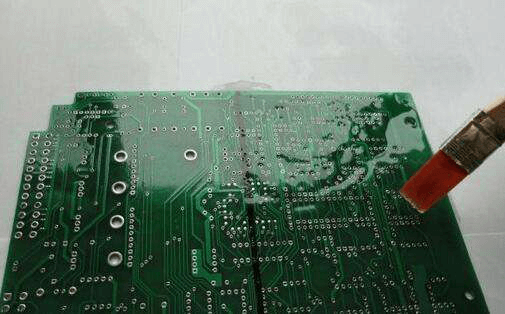
Divided into rigid circuit boards and flexible circuit boards, flexible and rigid boards. PCB or FPC board.
The intuitive difference between rigid PCB and flexible PCB is that flexible PCB can be bent. The common thickness of rigid PCB is 0.2mm, 0.4mm, 0.6mm, 0.8mm, 1.0mm, 1.2mm, 1.6mm, 2.0mm, etc. The common thickness of flexible PCB is 0.2mm, and the parts to be welded will have a thick layer behind it. The thickness of the thick layer varies from 0.2mm to 0.4mm.
The purpose of understanding these is to provide structural engineers with a spatial reference when designing. Common materials for rigid PCB include phenolic paper laminate, epoxy paper laminate, polyester glass mat laminate, and epoxy glass cloth laminate.
Common materials for flexible PCB include polyester film, polyimide film, and fluorinated ethylene propylene film.
